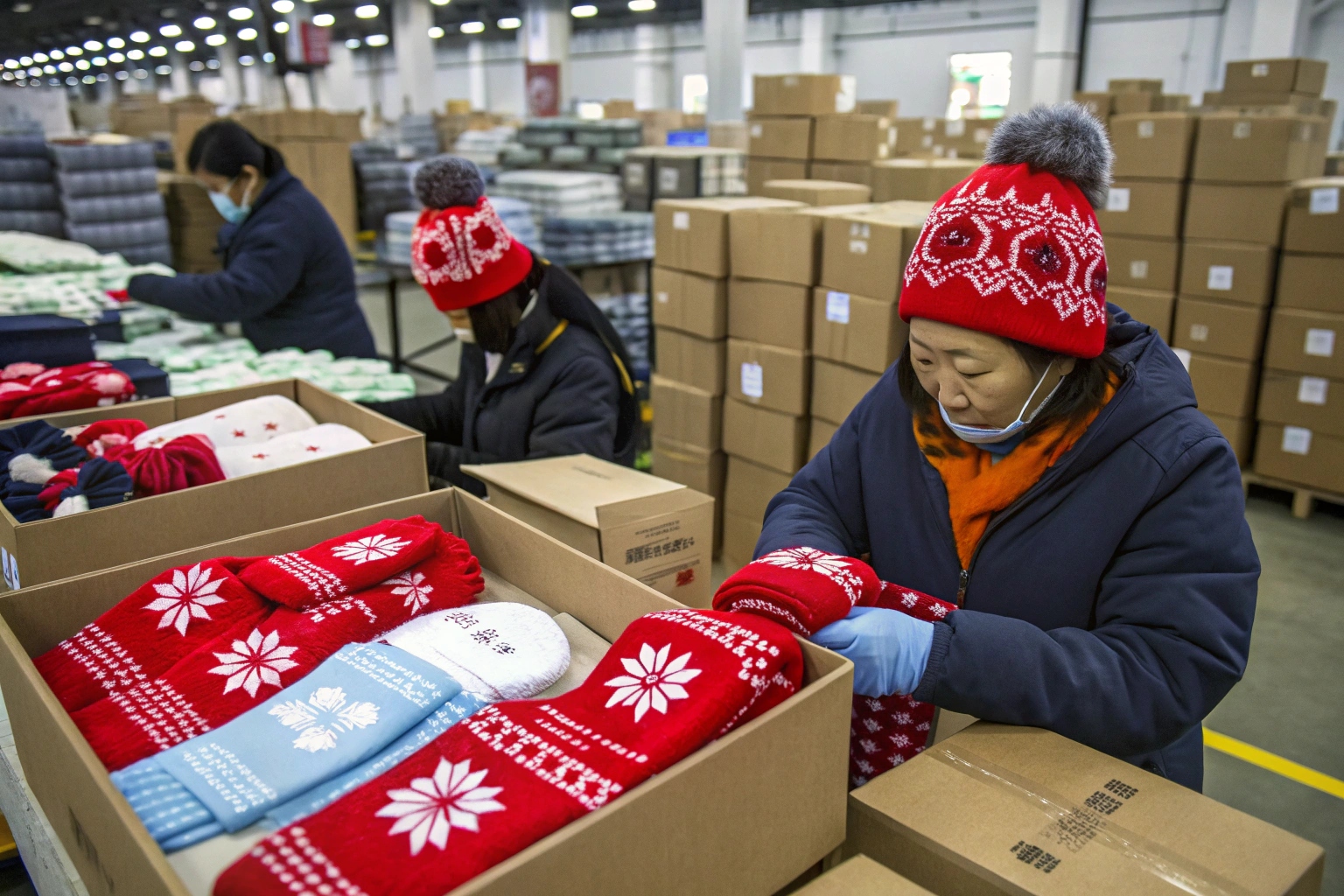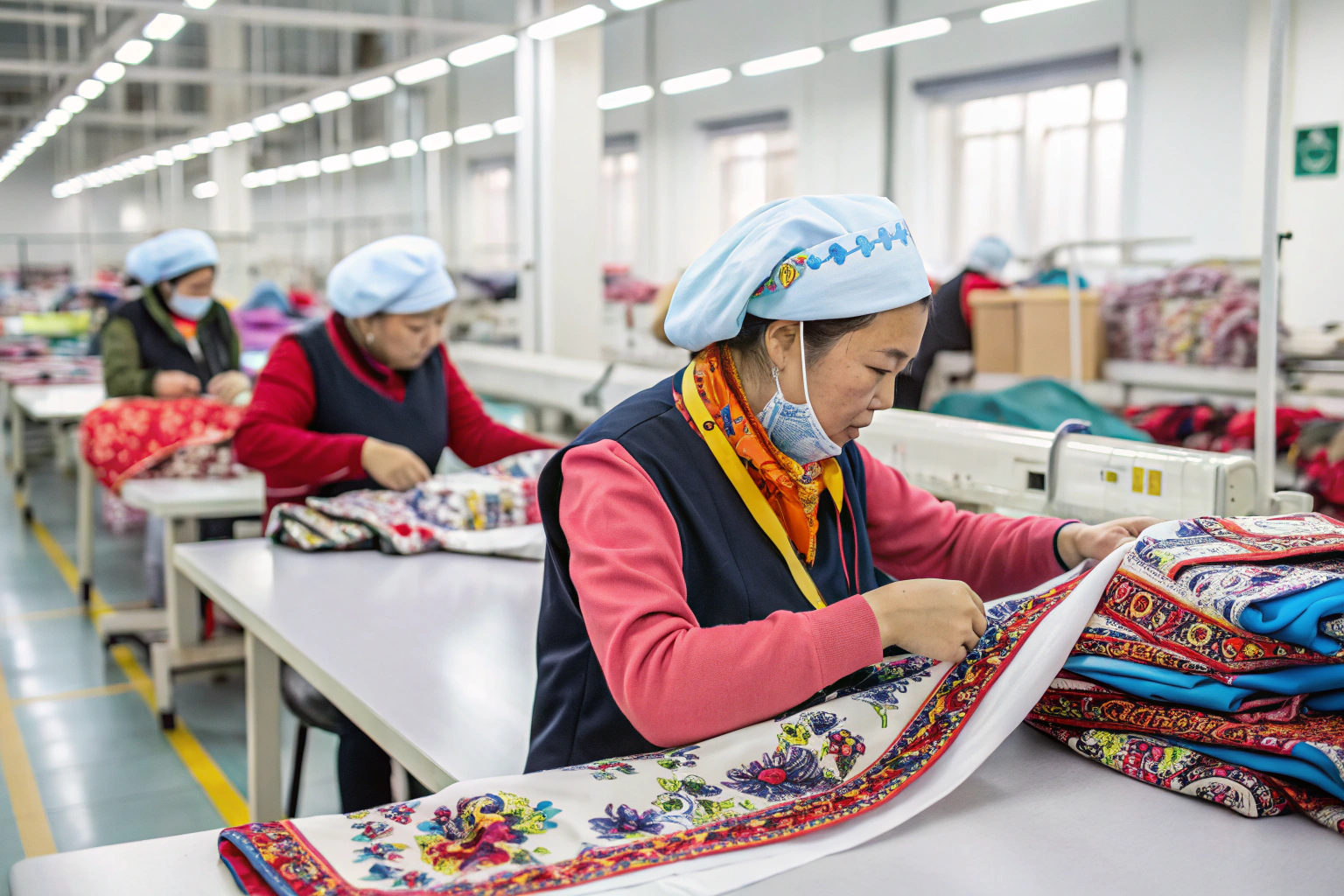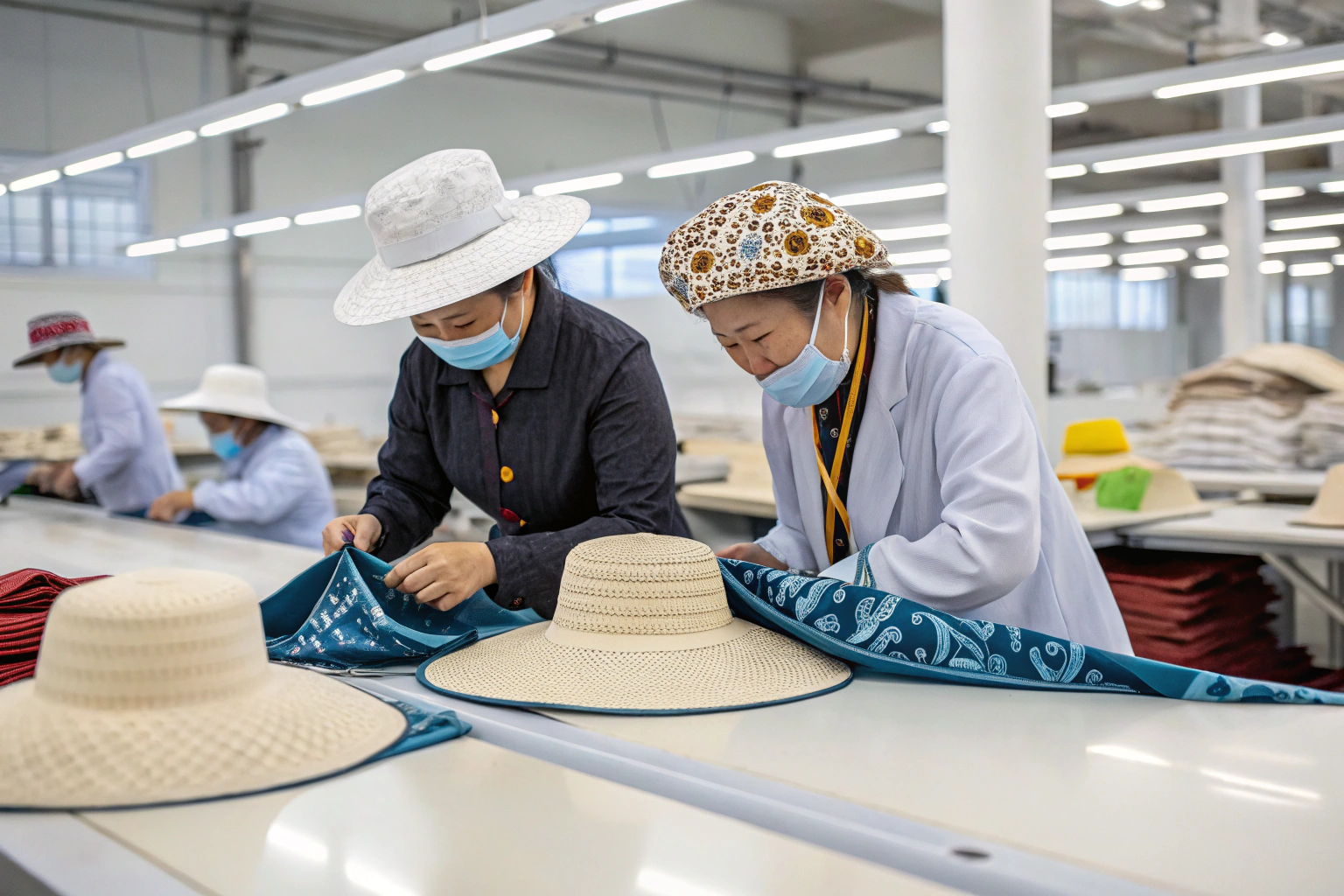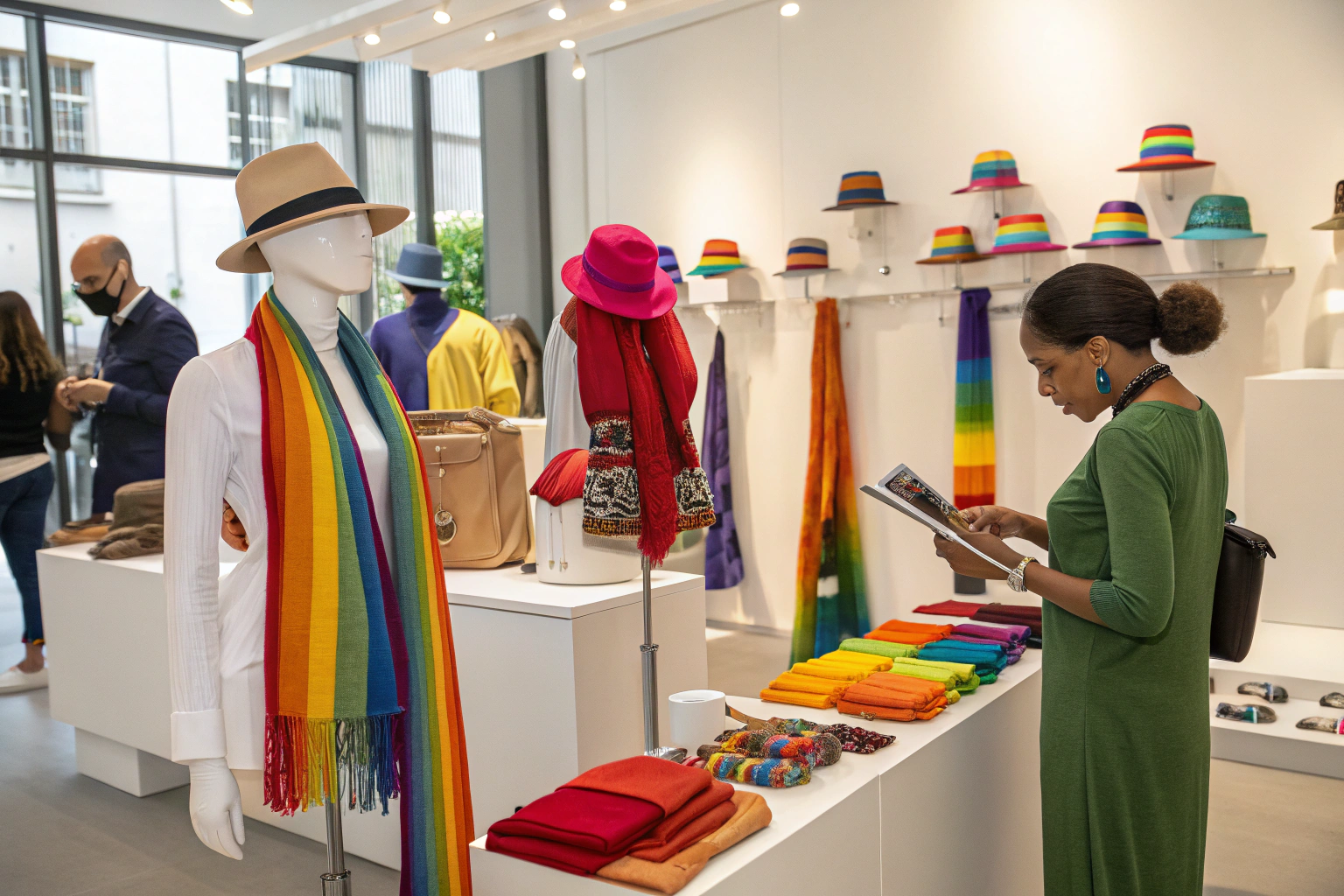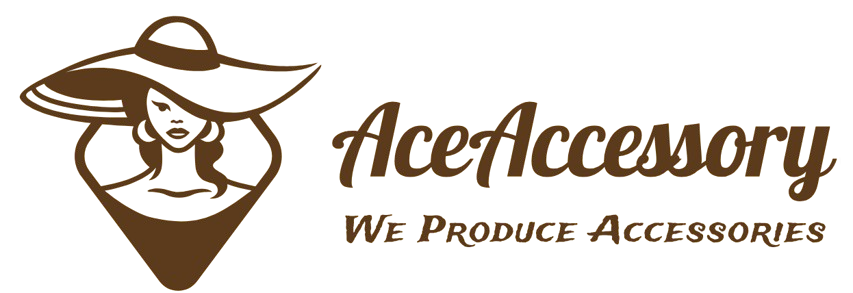Winter accessories are not only functional—they are seasonal bestsellers. From fleece-lined gloves to knit beanies and thick scarves, retailers rely on timely shipments and durable quality to capitalize on the cold weather surge. But sourcing and shipping these items comes with challenges that require precise planning.
To succeed in the winter accessory business, brands must follow best practices in material sourcing, production scheduling, moisture-proof packaging, and customs preparation.
At AceAccessory, we’ve helped global clients source and ship millions of cold-weather accessories to department stores, e-commerce channels, and wholesalers. Here's what we’ve learned.
How Should You Time Production and Shipping for Winter Orders?
Timing is everything when your product's sales window is just 3–4 months long.
Winter accessories must be sourced and shipped well in advance of peak season—often six months ahead—to avoid late arrivals and markdowns.
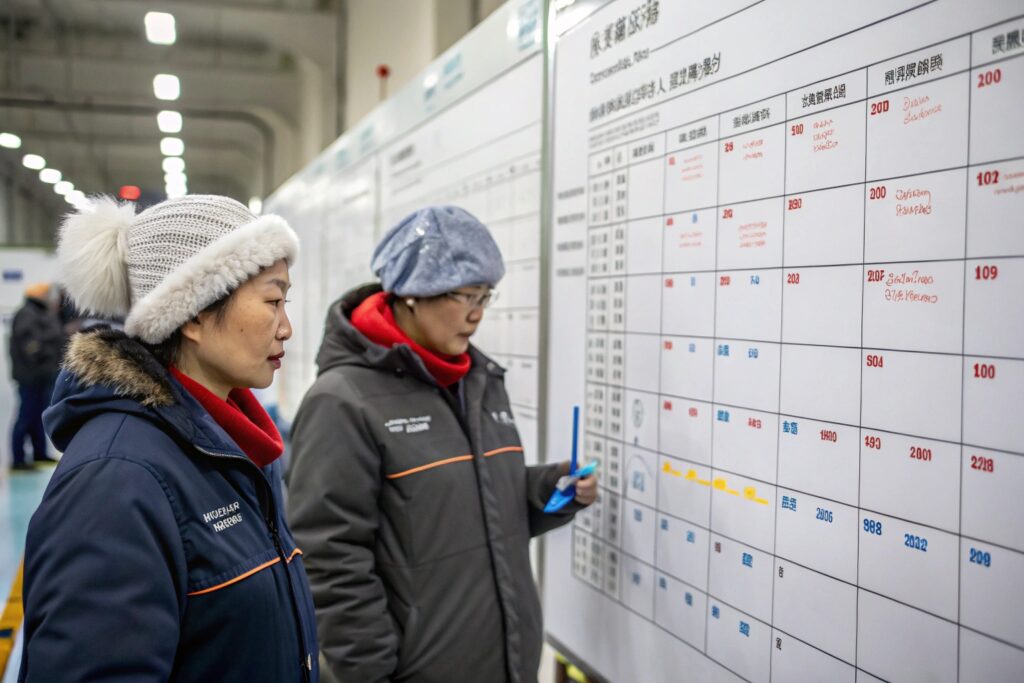
When Should Sampling and PO Placement Begin?
For North American or European winter retail, we recommend:
- Sample approval by April–May
- Final PO confirmation by June
- Production run July–August
- Departure by sea in September–October
This ensures arrival before November, allowing time for distribution and merchandising before winter hits.
Many of our clients use Anvyl or Zentail to manage this seasonal inventory flow with us.
Should You Use Air or Sea Freight?
For bulk orders, ocean freight is more economical but must depart by October 10 at the latest. For smaller or urgent top-ups, air freight is used—especially for trendy or influencer-driven styles.
We provide freight forecasts using tools like Flexport to help buyers evaluate cost and lead-time tradeoffs.
What Materials Are Best for Cold Weather Accessories?
The wrong material leads to cold fingers and returns.
Choosing winter-appropriate materials is key to product comfort, safety, and durability during shipping and usage.
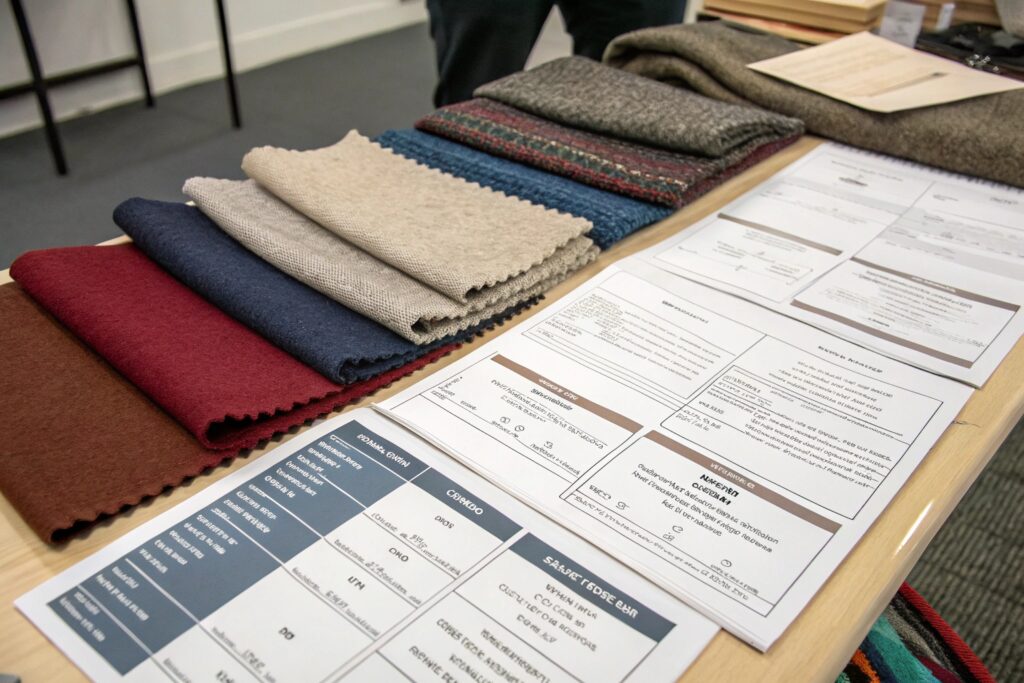
Which Fabrics Perform Best in Cold Climates?
The top materials we use include:
- Acrylic knit: Warm, soft, affordable
- Wool/acrylic blends: Natural warmth with better washability
- Polar fleece: Great for gloves and hat linings
- Sherpa/faux fur: Adds texture and insulation to headwear and collars
For outdoor brands, we source water-resistant or windproof outer shells, paired with insulated linings. These fabrics are tested against EN 511:2006 cold protection standards.
Are Certifications Needed for Winter Garments?
Yes. For products exported to Europe or the U.S., we ensure:
- REACH compliance for dyes and treatments
- CPSIA tests for children’s gloves and hats
- Colorfastness and shrinkage ratings using ISO protocols
Our in-house QC team uses SGS and Hohenstein-certified labs to issue batch-level reports for client confidence.
How Should Winter Accessories Be Packaged for International Shipping?
Cold-weather products are vulnerable to mold and deformation if not packed correctly.
Winter accessories must be protected against moisture, mildew, and compression during shipping—especially via ocean freight.
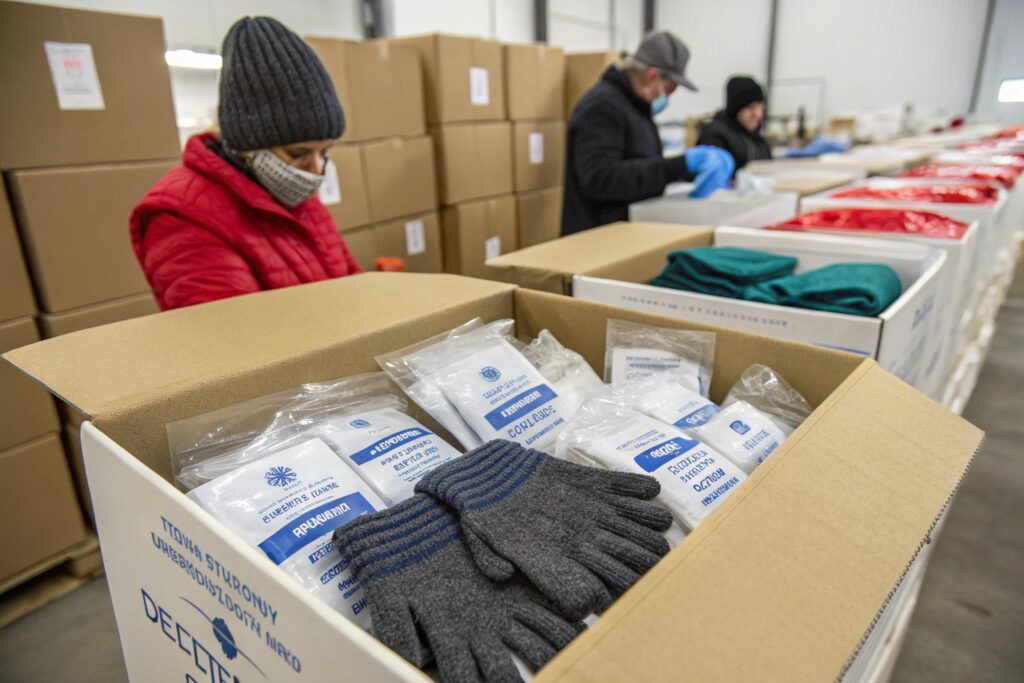
What Are the Key Packaging Protections?
We use:
- Vacuum-sealed or polybagged units
- Silica gel and anti-mold stickers inside each carton
- Moisture barrier liners for ocean freight
- 5-ply export cartons to prevent collapse
Before shipment, we simulate sea humidity exposure based on ISTA 2C protocol. Cartons are stored on pallets and never placed directly on warehouse floors.
Can You Avoid Compression Damage?
Yes. Knitted items like beanies or scarves deform under excessive weight. We limit stacking height, use interleaved cardboard layers, and recommend shipment in bulk-packed display units when requested by retailers.
For e-commerce clients, we also provide vacuum-packed mailing kits that reduce size while retaining product shape—compatible with Amazon FBA requirements, verified through Amazon Packaging Support.
What Shipping Documents and Customs Notes Are Critical?
Even the warmest hat won’t make it past customs without proper documentation.
Correct documentation ensures fast clearance and reduces tariff misclassification for winter accessories.
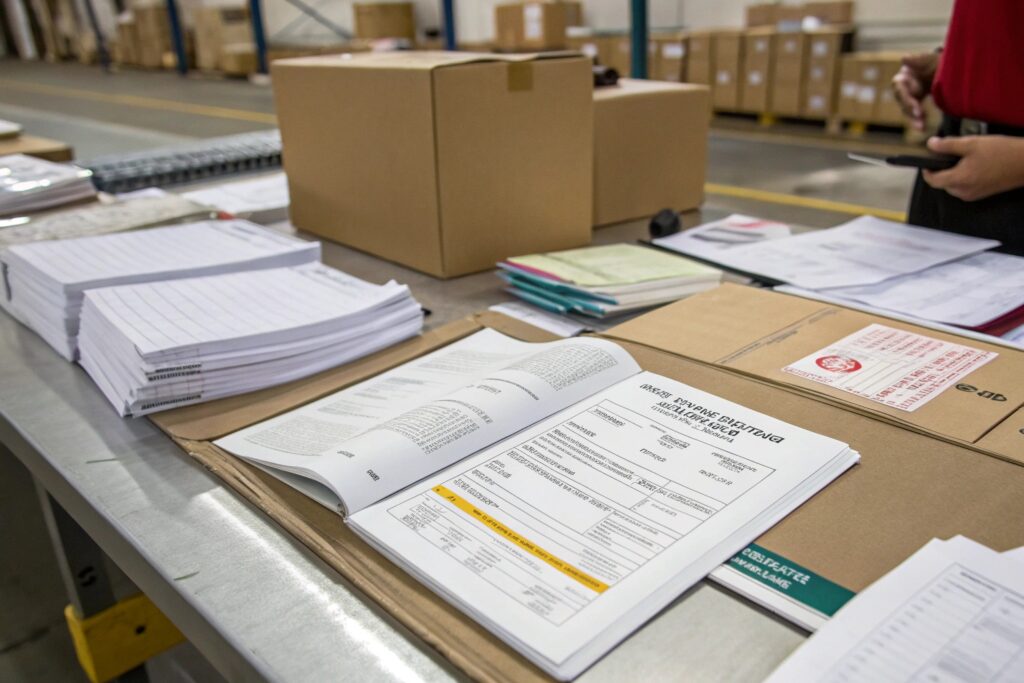
What HS Codes Are Common for Winter Accessories?
We use:
- 6117.10 for knitted scarves
- 6116.93 for acrylic gloves
- 6505.00 for knitted hats
- 6214.30 for shawls and wraps
Declared values must match market norms to avoid suspicion. We keep all codes validated via Harmonized Tariff Schedule.
For DDP orders, we pre-calculate tax exposure using SimplyDuty and include all duties in quotes to avoid client-side surprises.
Are There Import Restrictions on Winter Items?
Yes, some countries inspect fur, wool, and insulated linings for animal origin. We declare clearly:
- Synthetic vs natural
- Wool blend ratio
- Faux fur content
We also offer OEKO-TEX® certificates for select yarns and ensure no prohibited dyes or chemicals are used. Customs-friendly packaging labels (with material + HS code) are added to all outer cartons.
Conclusion
Sourcing and shipping winter accessories is a race against time and climate. From selecting the right thermal materials to coordinating seamless logistics and customs documentation, attention to detail is what separates successful brands from seasonal chaos.
At AceAccessory, we bring years of cold-weather experience and factory control to help you deliver winter-ready styles with warmth, quality, and on-time precision. Let us help you win the winter accessory season—order by order, scarf by scarf.

